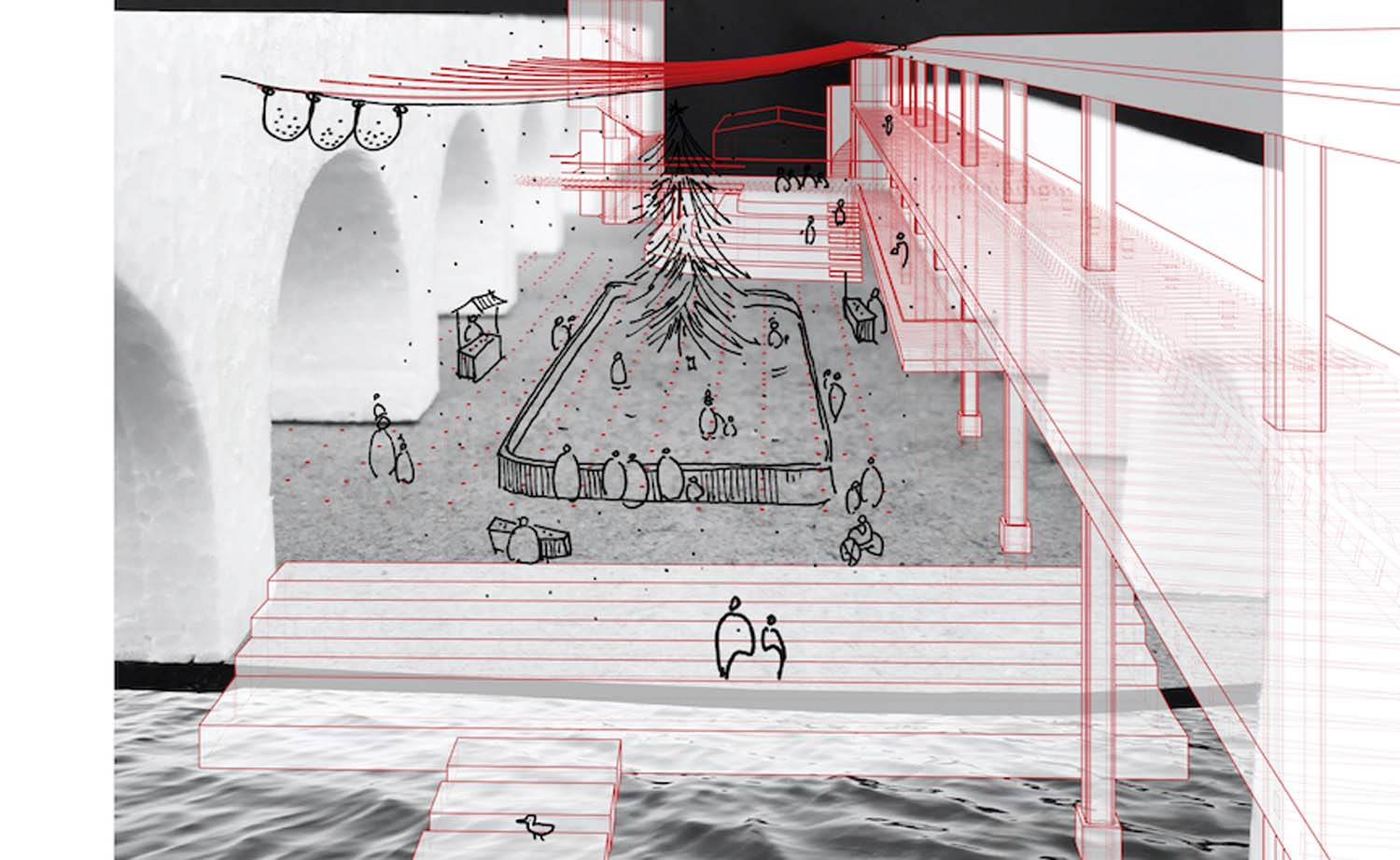Small but local: rethinking public spaces in post-pandemic times

In this guest blog Part II Architecture Graduate Masha Blokhina, reflects on the use of public spaces in Edinburgh in post-pandemic times.
Originally from Saint Petersburg, I am a Part II Architecture Graduate with education and work experience from the UK, Liechtenstein and Russia. Being a curious and enthusiastic person, I focus on constant personal development and ways to bridge gaps in the social and urban environment. My particular interest lies with the public realm projects, responsive architecture and collaborative research & design approach.
This article speaks of the importance of Public Spaces for well-functioning city living – a topic that I analyse, discuss and raise awareness for in my Master Preliminary Study To discover a Public Space and my Master Thesis project Stitching the Gap. I believe that having this conversation now, especially in the post-pandemic times, can help us understand what role the public realm can play in the formation of our society, our cities and us as individuals.
Finding space to Live
We learn things about the world by putting them into perspective. For example, we only feel the coldness of night after living through the heat of the day. The importance of open and accessible public spaces for maintaining healthy and happy living conditions has become much clearer with the recent challenges brought about by the world pandemic. It may be, perhaps, the sign we needed to rethink out public realm and reinstate its role in the urban settlement.
In-between areas
At first, when looking at large cities like Edinburgh, it is hard to see the lack of public spaces or, more specifically, their uneven distribution. Most of such spaces are located at the heart of the city or across the periphery, leaving the vast band of in-between areas struggling for access to a local parks, woodland, playground or even a café without needing to travel in or out of their neighbourhood.
In a normal scenario, this commute can be seen an inconvenience. However, when the pandemic dawned on us, suddenly we had to stay at home and only use local outdoor areas for exercise. This is when proximity to a public space made a big difference. Being able to go out for an occasional work out and see others do the same, even at distance, helped many people to stay happy and motivated.
Over time, it started to strengthen our feeling of belonging to our neighbourhoods and the people who form its community, making us wonder how great it can be if we can enjoy all the benefits of the city whilst remaining local. Realistically, what is stopping us from bringing more public spaces into these in-between areas that seems to be left out from the map of the public realm?
Places of uncertainty
When one starts looking closer to the way Edinburgh city fabric is formed, we can find a lot of small places that seem to be empty, abandoned or forgotten. These urban elements such as arches of the rail bridge, overgrown parking lots or derelict buildings, can be seen as places of uncertainty or hidden gems of possibility for creating a local public space for surrounding communities.
With their help, public realm can expand from just a few condensed areas into a network of smaller interventions that offer different possibilities for public activities. However, as the financial value of public space is not as high as residential or industrial units, it is often these places get overlooked or turned into a new housing scheme. To make these ideas for local public spaces come to life, we can pay closer attention to the idea of the 20-minute neighbourhood.
When most of the advantages speak of convenience, ecological benefits and support of local companies, it can also be seen as the way to improve social connections in the communities and gain stronger sense of belonging. In a way, by adapting this idea, Edinburgh can return to its historic past of being made of smaller boroughs that can maintain their authenticity and character and give people a choice to travel or stay local.
A time to rethink
In the past, Edinburgh’s public realm was particularly important to the formation of its community as it brought people from different backgrounds, age and occupation together. Somehow over time, it lost its value as the city’s priorities shifted in the different direction. Although the pandemic has brought us many challenges, it has also shown us what we have been neglecting. Is this the time we rethink the distribution and function of our public realm for a healthy and well-functioning city?
Header image: a snapshot of a temporary activity (ice rink) that can happen if the industrial urban space can be transformed into a local public space with pedestrian and cycling links to the wider city context.
Header image credit: Masha Blokhina
